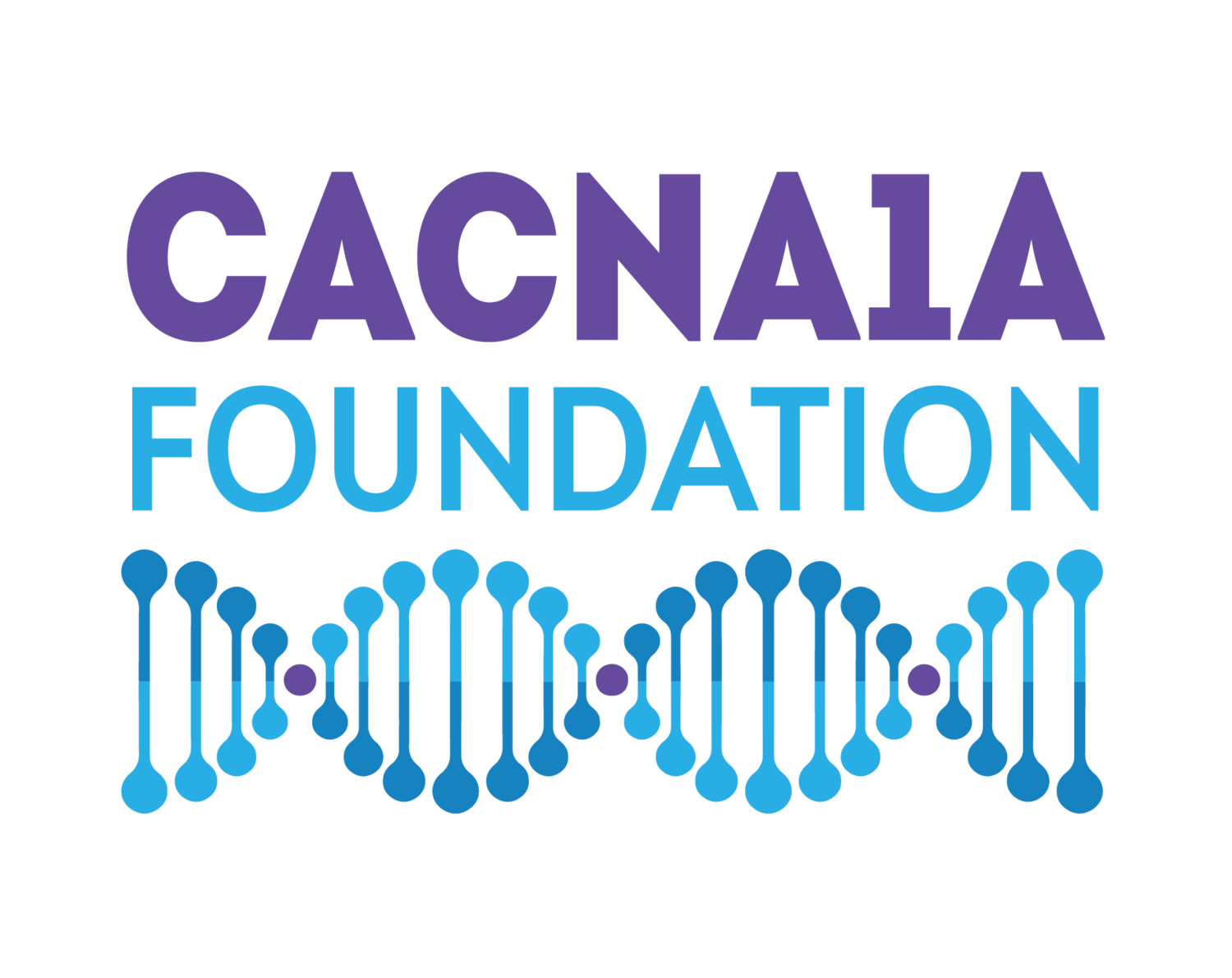Mastering a school-based OT skill
Joyce Lucas, MA, OTR/L is an occupational therapist who provides school-based services to students in grades TK through 12 at an inclusive charter school in Los Angeles, California. Below she shares her experiences working with Alexa, a student with a movement disorder due to a CACNA1A variation. Joyce shares some lessons she learned along the way, as well as some tools and resources that worked well in helping Alexa develop the ability to write independently.
I still remember when Alexa began attending our school for Kindergarten. I will always remember how shy she was initially, which is in wildly SHARP contrast to the outgoing and sassy-natured pre-teen personality I currently adore.
Our amazing Special Education team met with Alexa to assess her needs before the start of the school year. This tiny little girl was wheeled into our office, and she took her sweet time deciding if she was going to interact with us. Needless to say, she was not exactly conversational, nor was she undertaking new tasks independently. Her voice was extremely soft and quiet, and she carried herself as if she were made of porcelain. All of her fine motor movements were light and delicate. She was absolutely unable to hold any tools without someone she trusted holding the back of her hand to support and help her initiate movement. She also avoided saying anyone’s name and preferred for us not to call her by her name. The school speech therapist and I decided to call her “Princess Purple” out of respect. We also agreed not to directly work with her but rather to train and prompt her paraprofessional, with whom she was very bonded, in the activities in which we wanted her to engage.
I learned quickly over the first few months of therapy that Alexa had an issue with her proprioceptive (kinesthetic) system, which is our body’s ability to sense its location, movements, and actions. A continual loop of sensory receptors located on our skin, joints, and muscles give our brain information about where we are in space and how to interact with our environment. When we move, our brain senses the effort, force, and heaviness of our actions and positions in space, and responds accordingly. (Healthline.com, Proprioception: What Is It, Problems, and Diagnosis, Treatment & More, 2019). Alexa’s challenges with her proprioceptive system impacted her overall standing balance, gross and fine motor coordinated movements, sense of timing and anticipation, as well as the grading of force on her tools (pencils, crayons, etc.), and her ability to modulate the strength of her voice.
Of the tools that successfully encouraged her writing, the most impactful was a small weighted glove. After a few months of trial and error, and having Alexa do most fine motor tasks (like drawing) with hand-over-hand support from her paraprofessional, I decided to remove the “emotional support” aspect of the paraprofessional, to see if perhaps just the “weight” of her hand on top of Alexa’s hand was the important factor. It turns out, this was the case. The glove’s weight helped her brain to “feel” her hand, and then messages were sent more reliably and efficiently between the two. Now, we had someone who could WRITE INDEPENDENTLY. Using a purple y-shaped pencil, which helps to facilitate the correct intrinsic hand muscles for pencil grasp, with a weighted glove on her hand, Alexa could make lines between parallel lines, which were often reinforced by a highlighter (for a visual cue) or a colorful piece of Wiki Stix (for a visual and tactile cue).
This process of providing maximum support (hand over hand) and then gradually reducing it over time, as Alexa’s confidence grew, has worked well and allowed Alexa to continually grow in her independence. One of my proudest moments as a school-based OT was watching Alexa write her name for the very first time!

